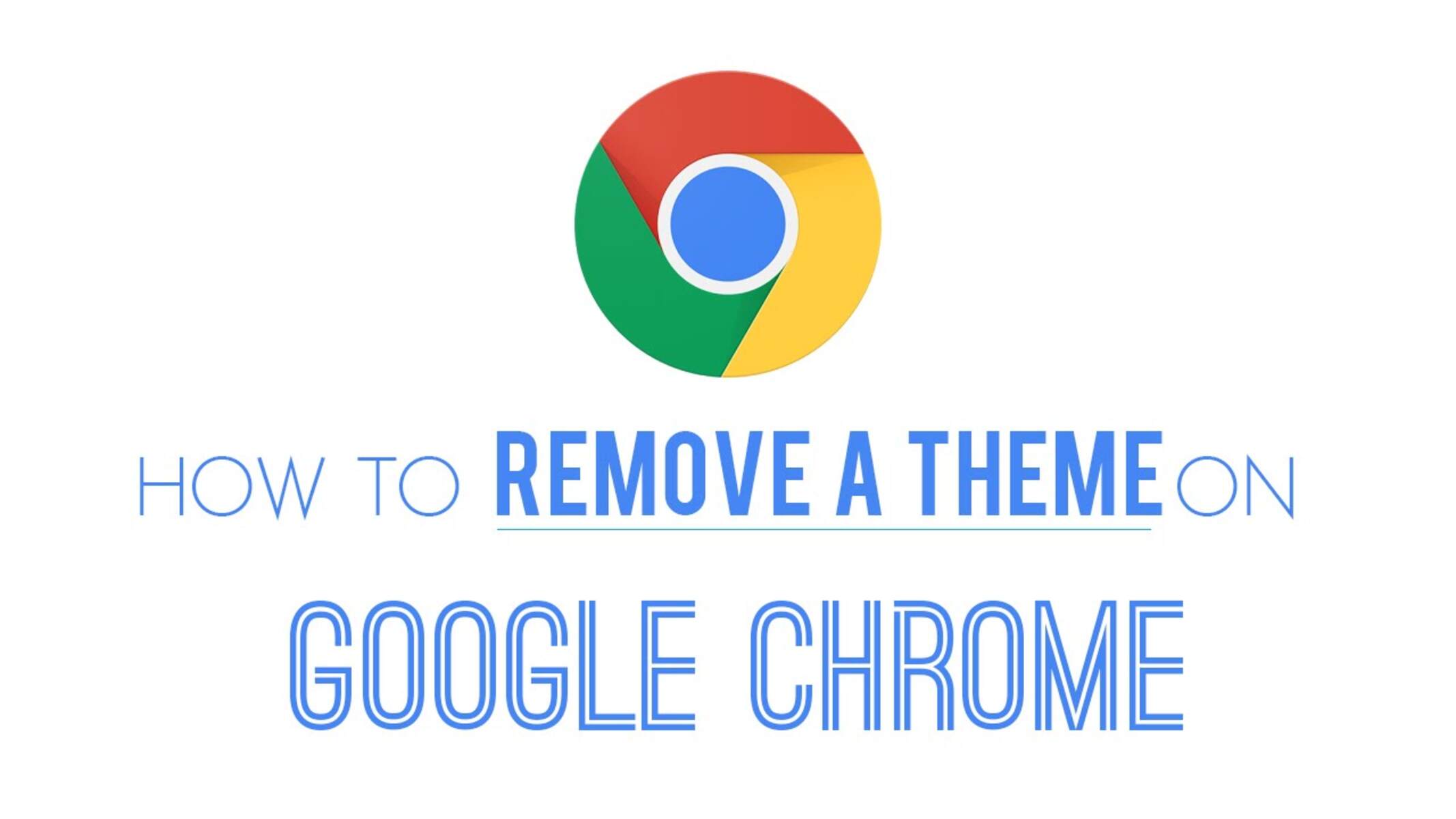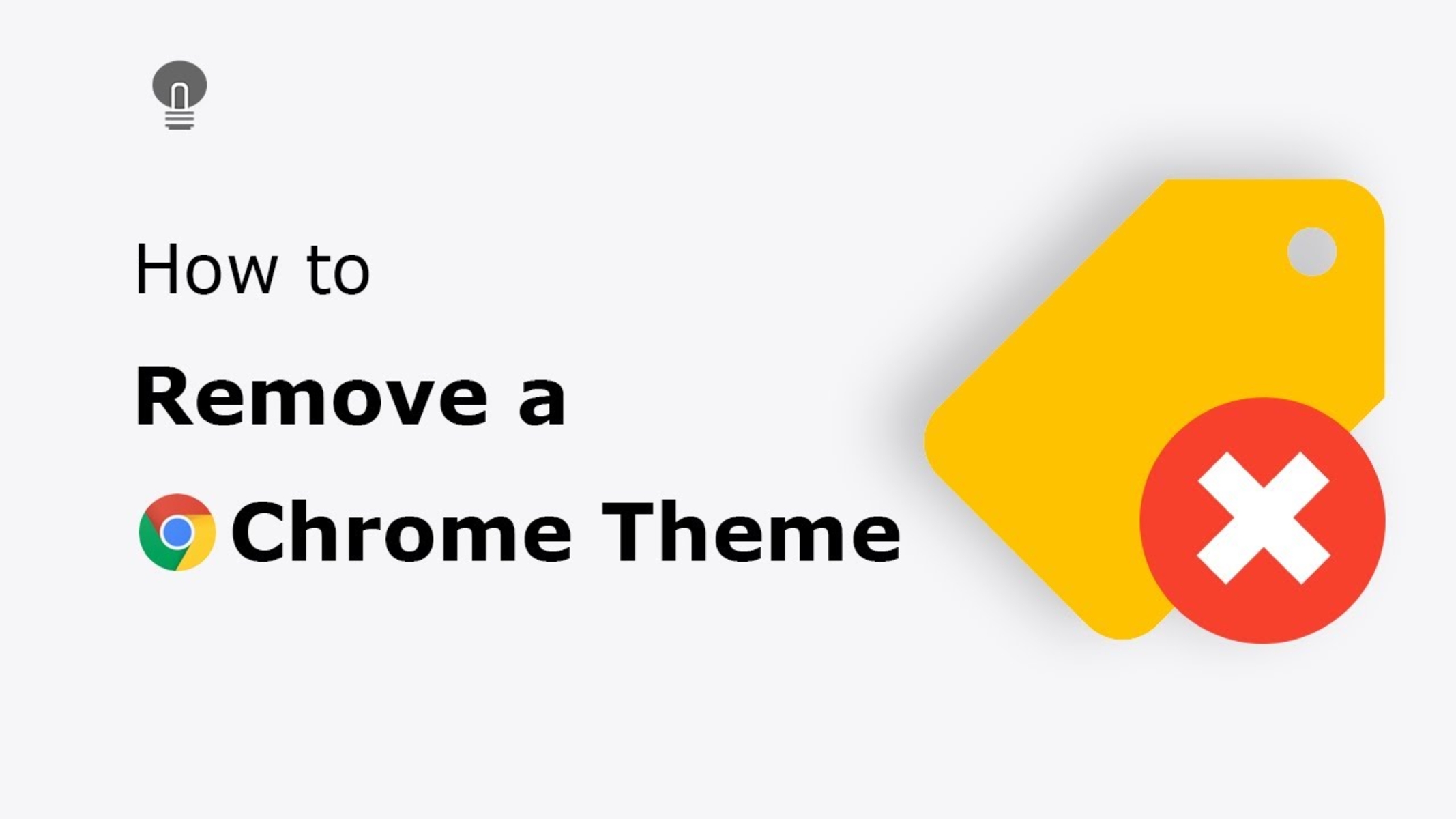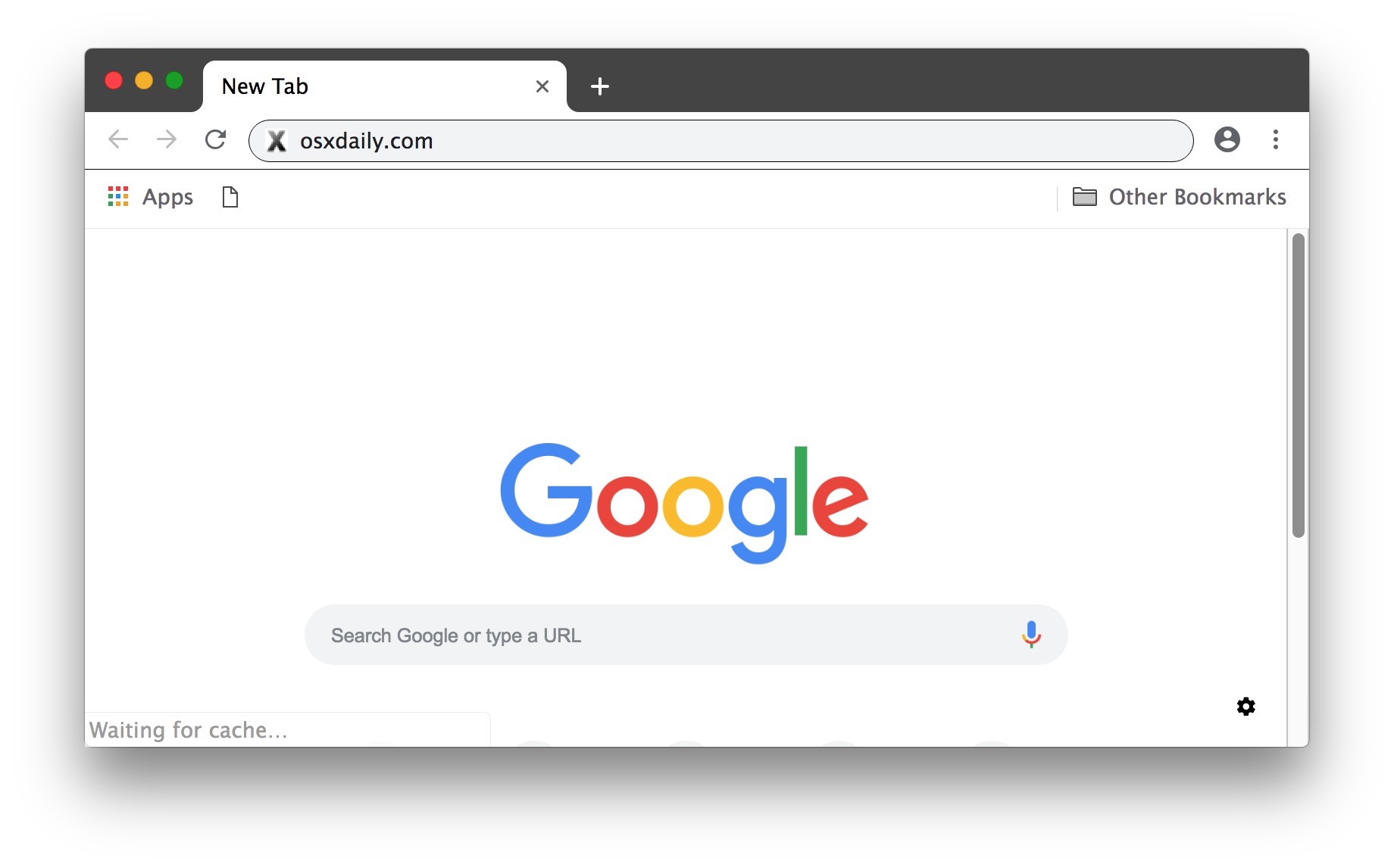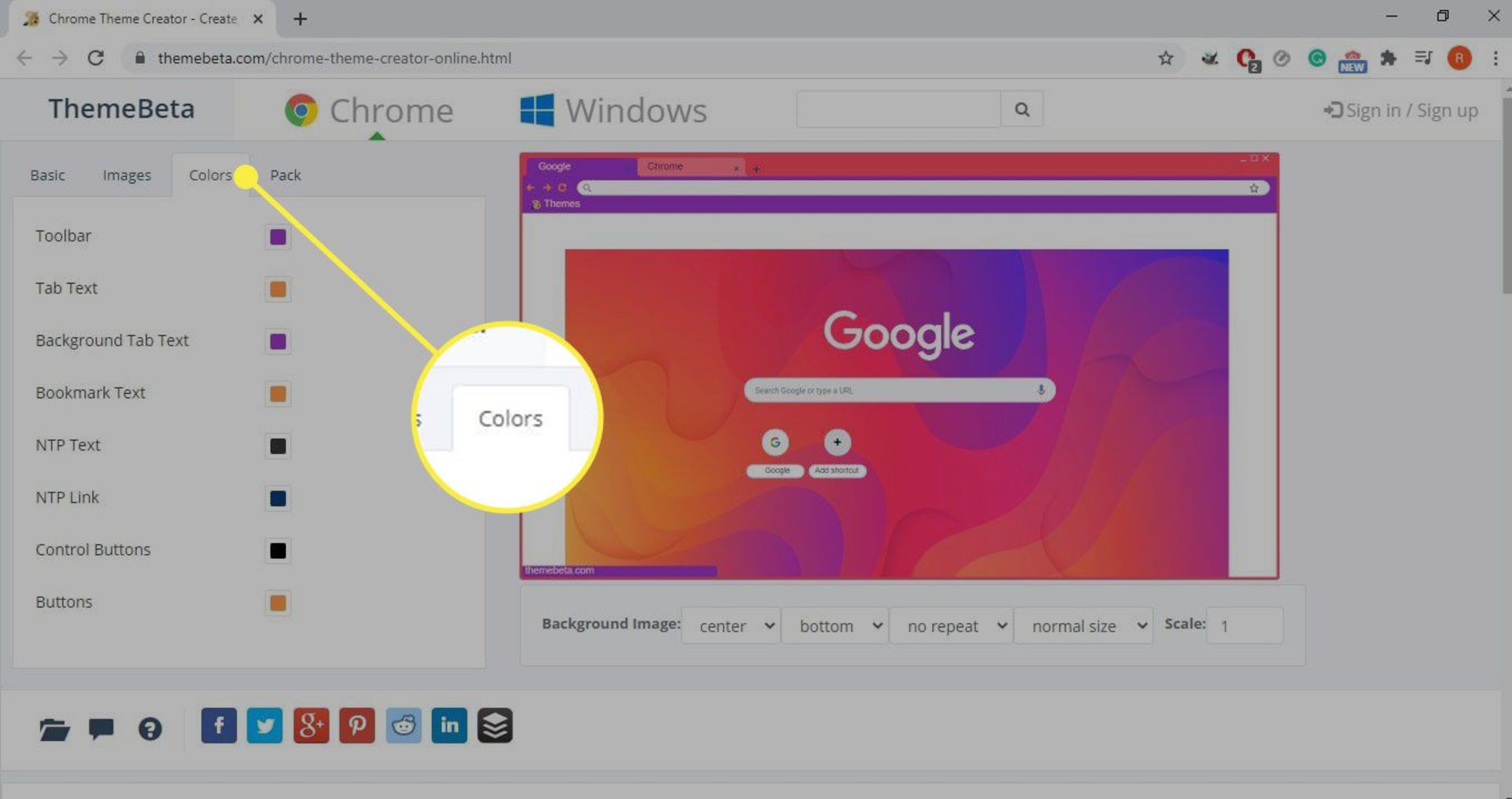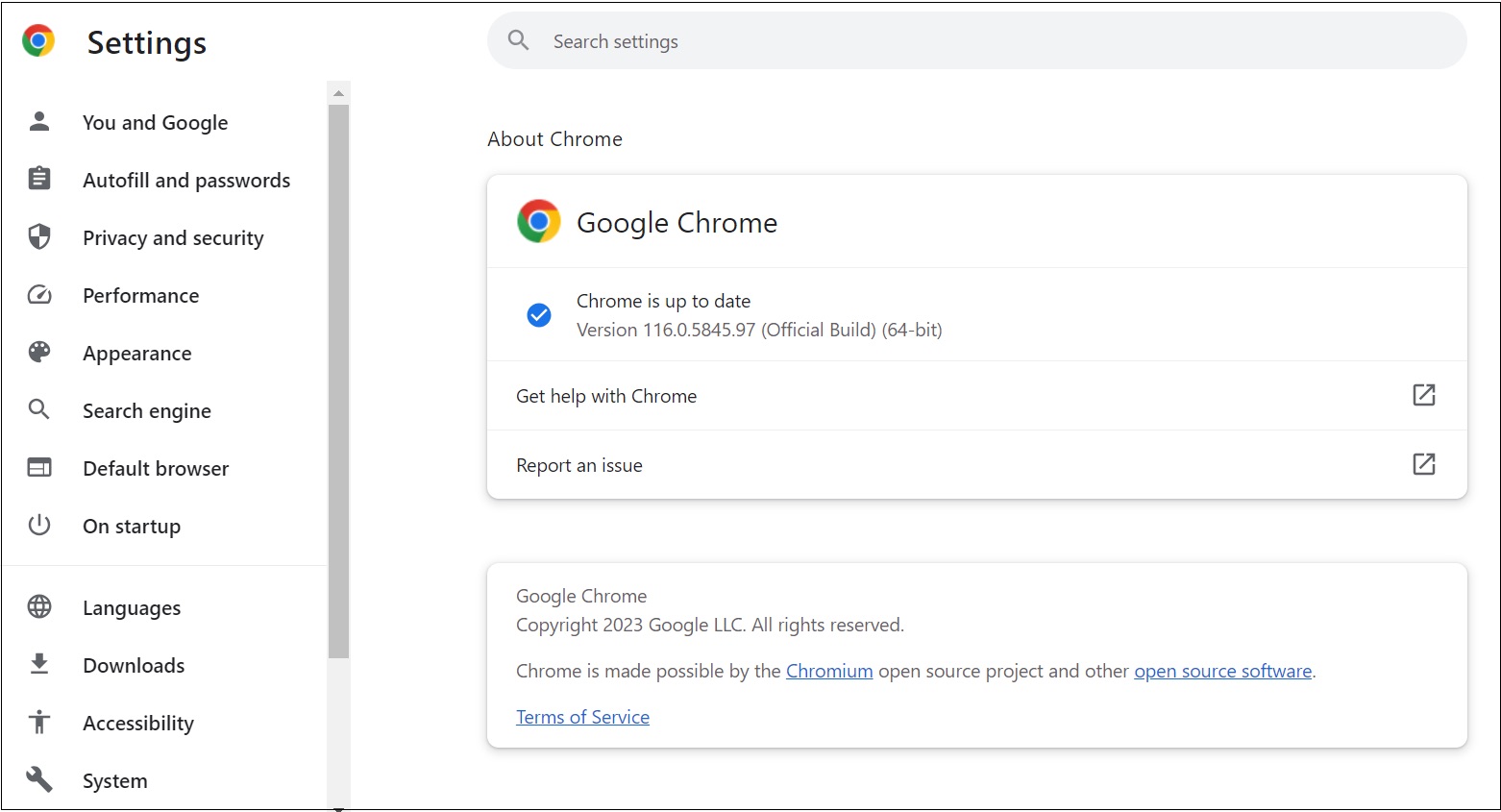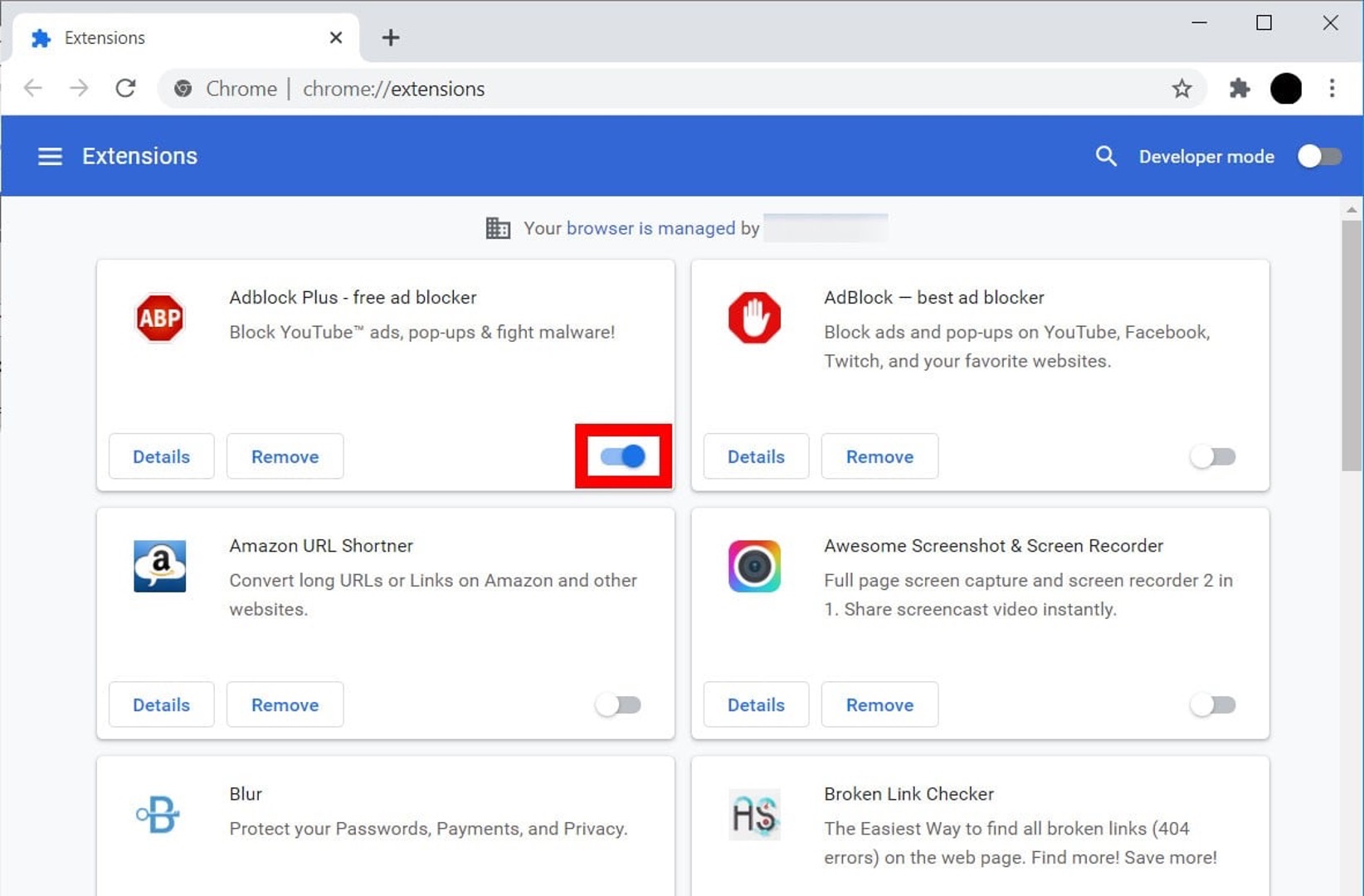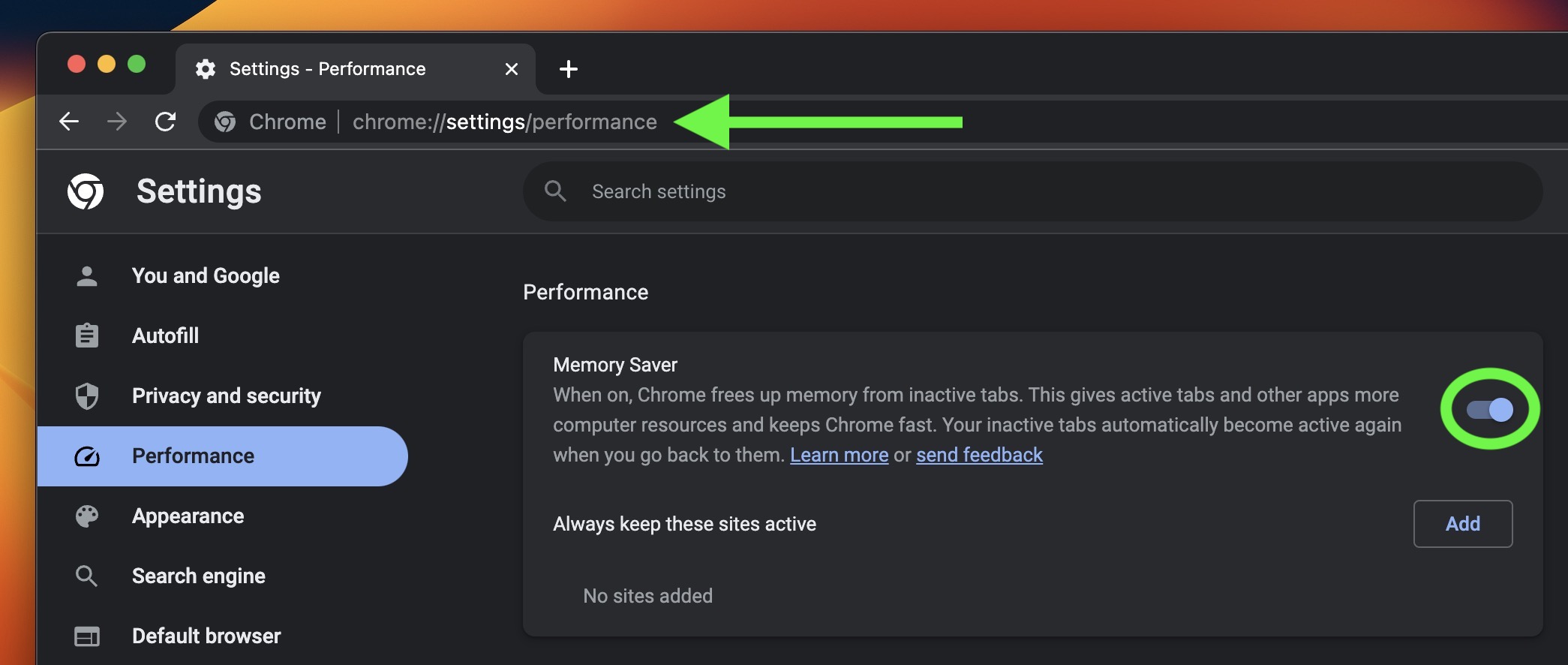Introduction
Google Chrome themes are a fantastic way to personalize your browsing experience, adding a touch of flair and personality to the browser interface. However, there are times when you might want to remove a theme, either to revert to the default look or to try out a new theme. Fortunately, removing a theme from Google Chrome is a straightforward process that can be accomplished in just a few simple steps.
In this article, we will explore two methods for removing a theme from Google Chrome. The first method involves accessing the Chrome settings to remove the theme manually, while the second method entails resetting Chrome to its default settings, which will also remove any installed themes. Whether you're looking to declutter your browser or simply switch things up, these methods will help you seamlessly remove a theme from Google Chrome.
Let's dive into the step-by-step instructions for each method, empowering you to effortlessly customize the look and feel of your Chrome browser. Whether you're a seasoned Chrome user or just getting started, these methods are designed to be user-friendly and accessible to all. So, without further ado, let's explore how to remove a Google Chrome theme and restore the browser's default appearance.
Method 1: Removing the Theme from Chrome Settings
Removing a theme from Google Chrome can be done directly through the browser's settings. This method provides a simple and direct approach to reverting to the default Chrome appearance.
Here's a step-by-step guide to removing a theme from Chrome settings:
-
Open Chrome Settings: Begin by launching Google Chrome on your computer. In the top-right corner of the browser window, click on the three vertical dots to open the Chrome menu. From the menu, select "Settings" to access the browser's settings.
-
Access the Appearance Section: Within the Settings menu, scroll down and locate the "Appearance" section. This section allows you to customize the visual aspects of Chrome, including themes and the browser's display.
-
Reset to Default: Under the "Appearance" section, you will find the "Themes" option. Click on "Themes" to view the installed themes. To remove the current theme and revert to the default Chrome appearance, simply click on "Reset to Default."
-
Confirmation: A confirmation dialog will appear, asking if you want to reset the Chrome theme to the default settings. Click "Reset" to confirm and remove the current theme.
-
Verify the Change: Once the theme has been reset to the default, you can verify the change by observing the browser's appearance. The theme will be removed, and Chrome will display its standard look and feel.
By following these straightforward steps, you can easily remove a theme from Google Chrome using the browser's settings. This method provides a quick and efficient way to revert to the default Chrome appearance, allowing you to customize the browser's visual style according to your preferences.
Now that we've explored the process of removing a theme from Chrome settings, let's delve into an alternative method for achieving the same result. If you prefer a different approach, resetting Chrome to its default settings will also remove any installed themes, and we'll cover that in the next section.
Method 2: Resetting Chrome to Default Settings
Resetting Google Chrome to its default settings is another effective method for removing a theme from the browser. This approach not only removes any installed themes but also restores Chrome to its original state, eliminating any customizations or modifications that may have been made. Here's a detailed guide on how to reset Chrome to its default settings:
-
Open Chrome Settings: Launch Google Chrome on your computer and access the browser's settings by clicking on the three vertical dots in the top-right corner of the window. From the menu, select "Settings" to proceed to the Chrome settings.
-
Navigate to Advanced Settings: In the Settings menu, scroll down to the bottom and click on "Advanced" to reveal additional Chrome settings and options.
-
Access the Reset and Clean Up Section: Within the Advanced settings, locate the "Reset and clean up" section. This section contains tools for restoring Chrome to its default state and resolving various browser issues.
-
Choose "Restore settings to their original defaults": Under the "Reset and clean up" section, click on "Restore settings to their original defaults." This option allows you to reset Chrome's settings, including the removal of any installed themes, and return the browser to its default configuration.
-
Confirmation and Reset: A confirmation dialog will appear, outlining the changes that will occur when resetting Chrome to its default settings. To proceed, click on "Reset settings" to initiate the process.
-
Wait for the Reset to Complete: Chrome will begin resetting to its default settings, which includes removing any installed themes. Depending on your system and the amount of data to be processed, the reset process may take a few moments to complete.
-
Verify the Changes: Once the reset is finished, you can verify that the theme has been removed by observing Chrome's appearance. The browser will revert to its default look and feel, free from any previously installed themes.
By following these steps, you can effectively remove a theme from Google Chrome by resetting the browser to its default settings. This method offers a comprehensive approach to restoring Chrome to its original state while ensuring that any installed themes are completely removed.
Whether you choose to remove a theme through the Chrome settings or by resetting the browser to its default configuration, both methods provide a seamless way to customize the visual appearance of your Chrome browser. With these straightforward approaches, you can effortlessly manage the themes and visual style of Google Chrome, tailoring the browsing experience to suit your preferences.
Conclusion
In conclusion, the ability to customize the appearance of Google Chrome through themes offers users a delightful way to personalize their browsing environment. However, there are instances where removing a theme becomes necessary, whether to restore the default look of the browser or to explore new visual styles. The two methods outlined in this article provide straightforward and effective approaches to achieve this.
By accessing the Chrome settings and utilizing the "Reset to Default" option, users can effortlessly remove a theme and revert to the standard Chrome appearance. This method offers a quick and direct way to manage themes without impacting other browser settings or data. Additionally, resetting Chrome to its default settings presents a comprehensive solution, not only removing installed themes but also restoring the browser to its original state, free from any customizations or modifications.
It's important to note that the process of removing a theme from Google Chrome is designed to be user-friendly and accessible to all, catering to both seasoned Chrome users and those who are new to the browser. These methods empower users to effortlessly customize the visual style of their Chrome browser, ensuring a seamless and personalized browsing experience.
Whether you're a fan of minimalist designs, vibrant colors, or artistic visuals, the flexibility to switch, remove, and explore themes in Google Chrome allows you to curate a browsing environment that resonates with your preferences. The ability to effortlessly remove themes underscores the adaptability and user-centric nature of the Chrome browser, providing a platform where users can tailor their digital experiences to reflect their individual tastes and styles.
In essence, the process of removing a theme from Google Chrome is a simple yet impactful way to manage the browser's visual aesthetics, offering users the freedom to tailor their browsing environment according to their evolving preferences. As the digital landscape continues to evolve, the ability to personalize and customize the tools we use daily becomes increasingly significant, and Google Chrome's theme management features exemplify this commitment to user empowerment and personalization.







